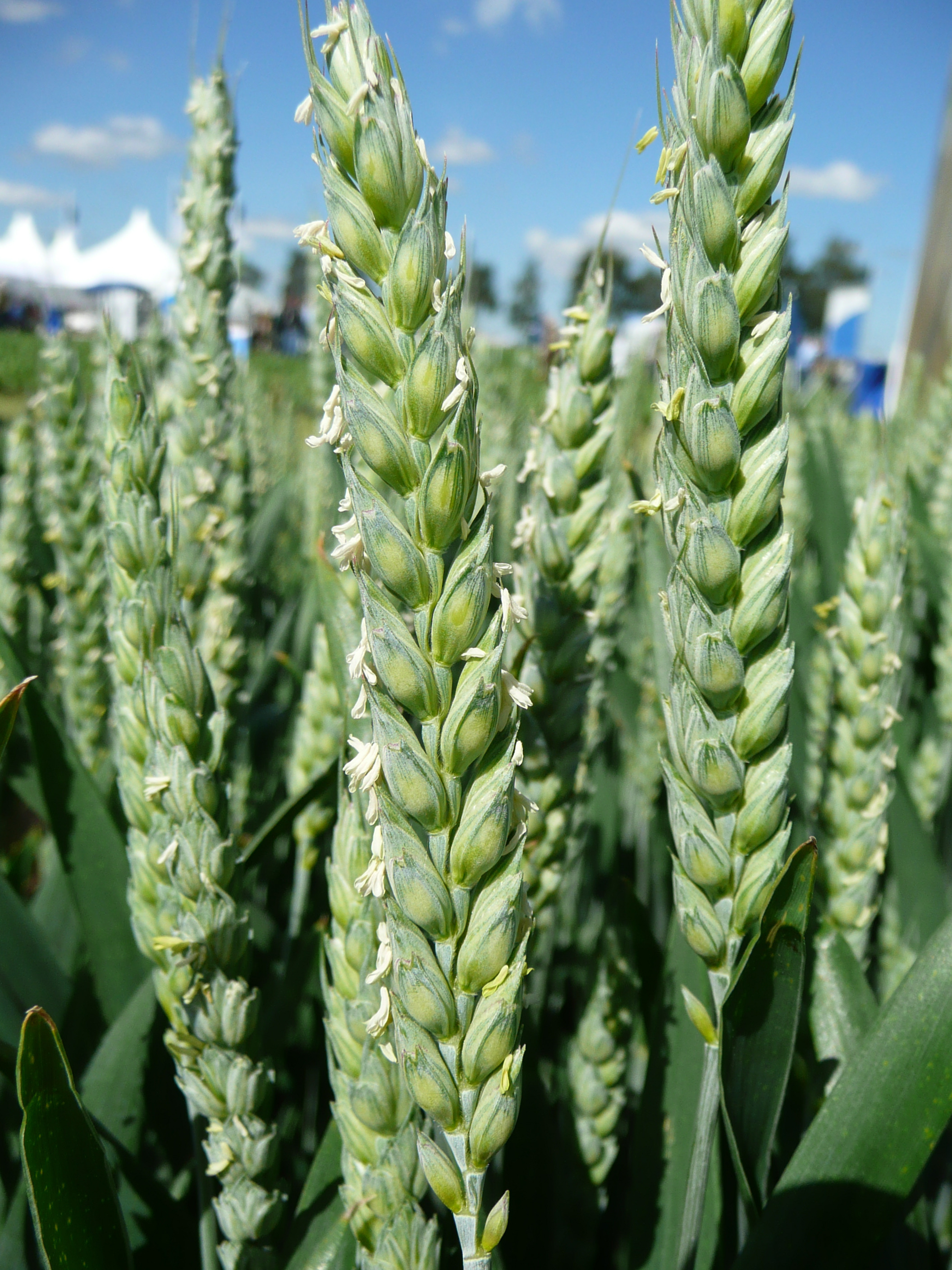International
Advantages
- Excellent grain yield treated and untreated
- Very healthy variety regarding root-, leaf- and ear health
- Medium early single-ear-type with big kernels and best TGW
- Suitable after maize previous crop
No. 1 in yield untreated and treated
Use as alternative wheat, sowing in autumn possible
Splitting of N-fertilizer with increase of amount in the 2nd application improves hl-weight and number of kernels/ear
Splitting of N-fertilizer with increase of amount in the 2nd application improves hl-weight and number of kernels/ear
Short profile
---- = very low resistance/early/short, ++++ = very high resistance/late/long
General description
| - - - - | - - - | - - | - | 0 | + | + + | + + + | + + + + |
Plant Development
Maturity









Vitality
Drought resistance
(7) high
Lodging resistance









Plant Health
Fusarium









Quality
Hagberg / Falling number









Protein content









General description
General description
| - - - - | - - - | - - | - | 0 | + | + + | + + + | + + + + |
---- = very low resistance/early/short, ++++ = very high resistance/late/long
Plant development and vitality
Ear emergence









Maturity









Drought resistance
(7) high
Yield structure
Single ear type
Ears/m2









Grains/ear









TGW









Sowing
Time of sowing
middle of February till middle of April
Seed rate
locally adapted
Straw
Plant height
(4) medium to short
Lodging resistance









Plant growth regulator
slightly lower
Disease resistance
Mildew









Septoria leaf bloch









Yellow rust









DTR









Fusarium









Quality
Hagberg / Falling number









Zeleny / Sedimentation value









Protein content









Water absorption









Loaf volume









Breeder
Strube Research GmbH & Co. KG, Germany
All variety descriptions have been prepared in accordance to the best of our knowledge, considering trial results and observations. A guarantee or a liability in individual cases is not possible, because the growth conditions are subject to substantial fluctuations.

